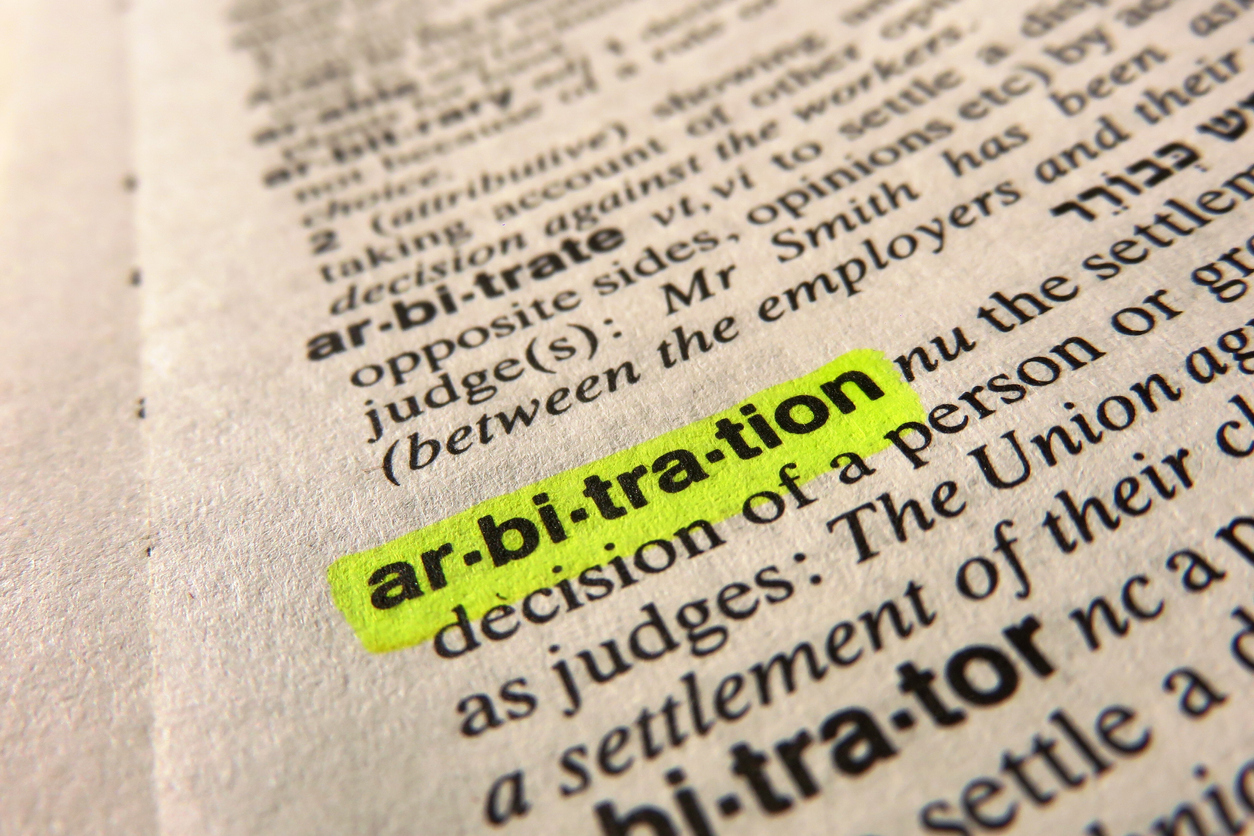My appointment by Florida’s Governor Charlie Crist to the Citizens Mission Review Task Force afforded me the opportunity to learn about and have a small voice in the Florida insurance marketplace. At War With the Weather: Managing Large-Scale Risks in a New Era of Catastrophes is a significant academic work which our regulators and legislators must read and understand to fully appreciate the complexity of the property insurance issues in Florida and elsewhere. I wish it had been published while I was serving on that Committee. The historic lessons and current conclusions contained in this book are important to everybody living and working along Coastal areas.
The work is written by two University of Pennsylvania Professors, Howard Kunreuther and Erwann Michel-Kerjan. My son, Chase, is a student at Penn and has been excited to find brilliant and internationally recognized educators that teach in understandable language with deeply reasoned analysis. This book is similar and does not require a rocket-scientist mind to understand the significant implications to our society from their findings.
This book highlights how we mitigate, insure against, and finance recovery from weather related natural disasters in the United States. The authors have collected an amazing amount of data which I found quite surprising. For instance, one would think that State Farm has been denied rate increases by the Florida Office of Insurance Regulation for quite some time, given the rhetoric of its lobbyists and agents as I indicated in State Farm’s, Allstate’s and Nationwide’s Concerted Agenda To Stop Competition And Insure Profits and State Farm’s Freakoutnomics. This work noted the rate history of State Farm Florida Insurance Company from 1997 through 2006:
| Effective Date | Rate Increase |
| 08/15/97 | 24.1% |
| 01/01/01 | 6.5% |
| 11/01/01 | 14.3% |
| 05/15/02 | 22.3% |
| 09/15/04 | 1.7% |
| 02/15/05 | 5.0% |
| 02/01/06 | 8.6% |
| 08/15/06 | 52.7% |
Every time State Farm asked for a rate increase during that time frame, one was eventually obtained, usually for what was requested. Certainly, State Farm and other major insurers changed their perceptions about the adequacy of their rates and exposure to weather risks as a result of the four 2004 hurricanes, followed by Hurricane Wilma in 2005. Still, it was not as if Florida regulators were not approving most of what State Farm demanded until July 2008, when State Farm asked for another 47% rate increase, followed by a demand for a 67% increase in December 2008.
When State Farm announced it would leave the Florida homeowner’s market following the insurance commissioner’s denial of those rate requests, State Farm lobbyists and agents started the "free choice" concept where no insurance rate regulation would apply, and this was adopted by many in the Florida Legislature. This unique concept of insurance deregulation is not practiced anywhere in the United States except Wyoming.
Assuming State Farm and the State of Florida do not come to some agreement, this issue will still be a raging political debate in Florida next spring. If enacted into law, it represents a complete turnaround in Florida public policy from 2006. Then, Florida’s Legislature attempted to keep insurance rates low. Today, many legislative leaders sadly want to pass legislation allowing some insurers to charge whatever they can obtain–even if gouging– in a market where demand clearly exceeds private supply.
In yesterday’s afternoon post, Associated Industries and Private Insurers Want Florida Policyholders to Pay as Much as Possible for Property Insurance, I noted the rhetoric by insurance lobbyists calling for higher rates is starting already, now that the next legislative session is only six months away. Could you imagine the outcry if those same lobbyists and politicians influenced by them told the truth to the electorate about what consumers could expect if insurers could price gouge on premiums after a year where hurricanes hit, similar to what was going on in 2006?
Many Florida legislators do not want honesty and transparency about their change of public policy explained to their electorate. They do not want to warn of that practical result of the proposed law if they have already made promises to support the insurance industry in return for other political favors. Most politicians and informed electorate know why the insurance industry has to "spin" their side of reality rather than explain the honest truth about the issues involved—they want to keep insurance industry voting legislators in office to voting against the consumer’s interest.
My point is that complex issues of a serious nature deserve significant study and reflection from academic works such as this rather than bought and paid for policy –which is my impression of what is happening in Tallahassee when it comes to insurance legislation. Some of our well meaning legislators, to curry favor and gain influence under the current system, appease certain powerful leaders in the legislature. To help promote their own agenda, many of our legislators vote against the interests of their electorate and for the interests of those political leaders.
This current legislative system is not illegal or immoral–it is Florida democracy in action. And, it has nothing to do with making policy and law based upon the soundness of reason.
The remaining peril and risk issues facing those of us living in coastal areas are very difficult. The answers demand tough decisions with straightforward discussion of the long term implications if we fail to make law and regulations which mitigate the impact of disaster. Those needed mitigation costs have to be incurred at some time. The current insurance market mechanisms are simply not working in coastal areas because the markets are fragile and the supply is limited. There is nothing close to a free insurance market along the coastal areas of the United States because of very many unique aspects of the modern insurance system as explained in this work.
The authors’ conclusion as to the long term answer is not much different than mine. I hope that we can find leaders with enough character to explain and make policy that will start demanding mitigation efforts for those of us living and working along the coastal areas of the United States:
We typically think of a war as combat against a particular enemy. However, for most global risks, the battlefield and the warriors are not clearly defined. Natural hazards have always been part of our environment. But we often choose to ignore these hazards, or believe we are immune from them. In fact, one of the main reasons why the war against the weather has escalated is the desire of many people to reside in high-risk areas. The economic development of Florida highlights this point: the population of the state by 2010 will have grown by 600 percent since 1950. Most of this development has taken place in coastal areas subject to hurricane risk because property owners enjoy the sun and shore and disregard the dangers they face from an extreme event. As Peter Bernstein wrote in his seminal book Against the Gods, we believe that “Lady Luck will interpose herself between us and the fates (or the odds) to bring victory to our side” (pp. 11-12).
The paradox in waging a war against the weather and other extreme events is that we might very well be our own worst enemy. As individuals, we may decide to build in risky areas. As entrepreneurs in the private sector, we may decide to locate our businesses in these hazard-prone regions. As decision makers in the public sector, we may permit millions of people to reside and businesses to operate in these areas without requiring them to adopt appropriate risk reduction measures. In refusing to take steps in a proactive manner to reduce our vulnerabilities, the sees for future disasters are created that will affect our future well-being and social welfare. The same can certainly be said of the many extreme events that have unfolded in the past few years. Fortune cannot aid those who do nothing.



